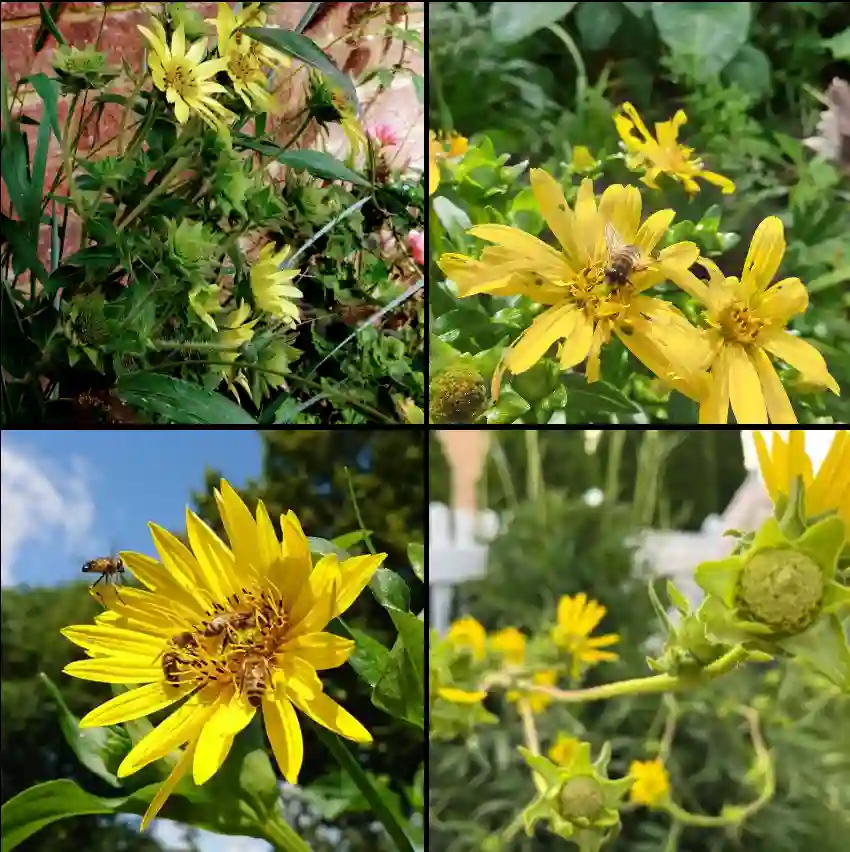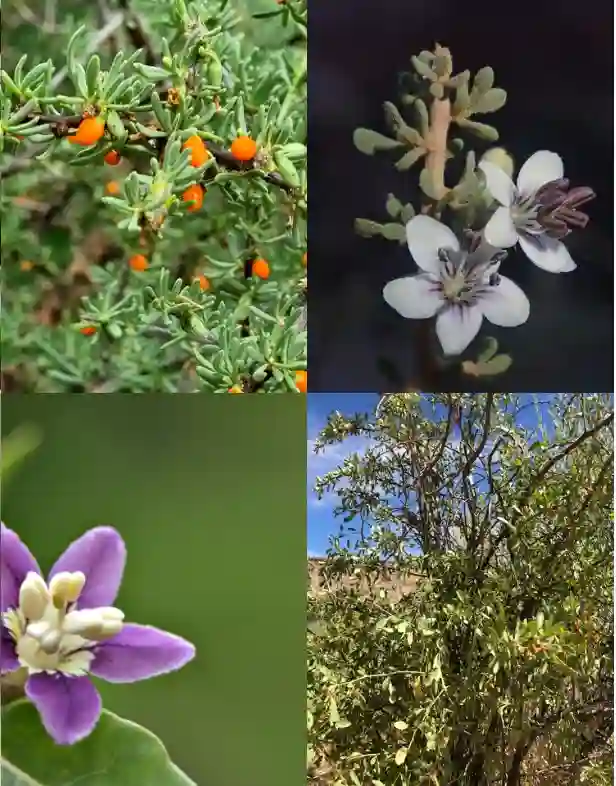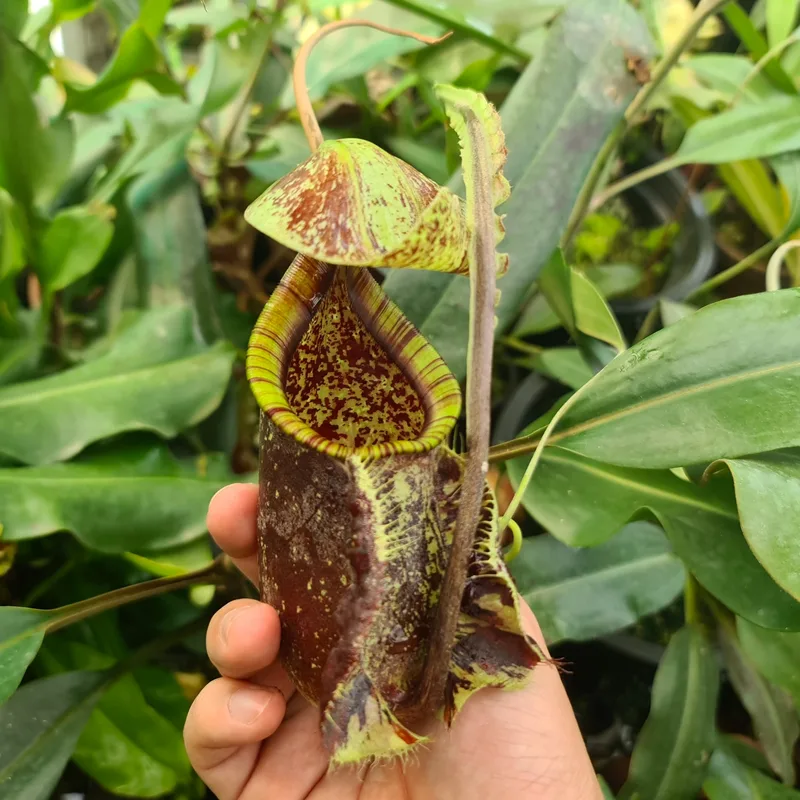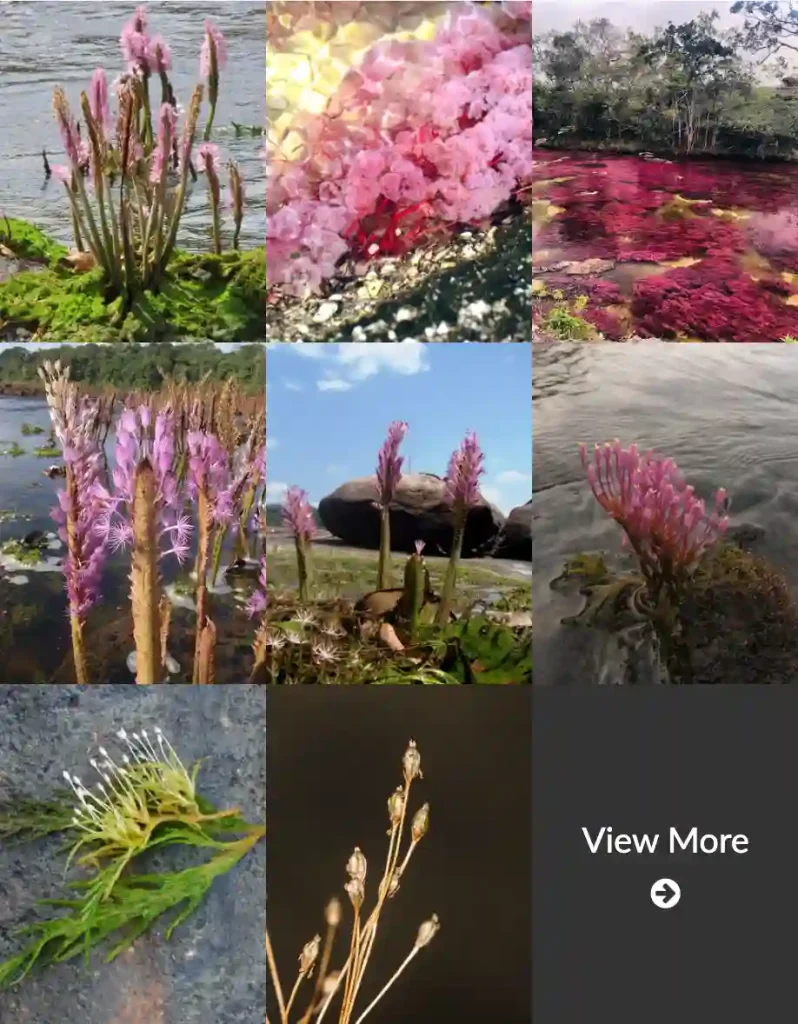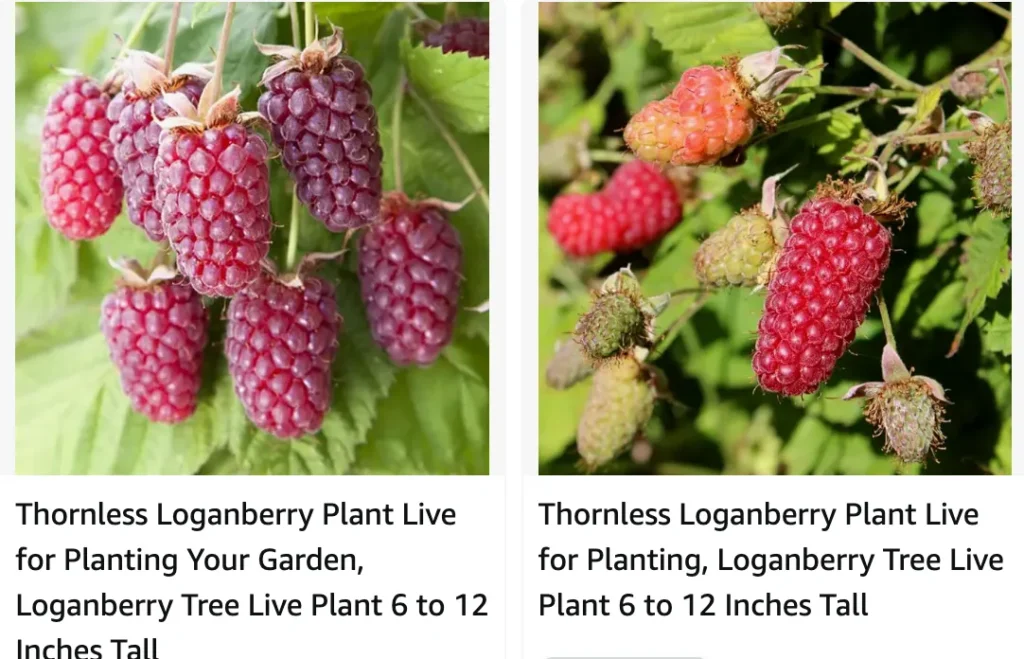
All About Rubus Loganobaccus: The Delicious Loganberry
Hi there, Ferb Vu here! Today, we’re diving into the world of a delightful fruit – the loganberry (Rubus Loganobaccus). This unique berry boasts a fascinating origin story and a flavor that tantalizes the taste buds. Whether you’re a seasoned gardener or just starting your plant parenthood journey, this FAQ will equip you with everything you need to know about loganberries.
1556 Species in Genus Rubus
What is a Rubus Loganobaccus?
Rubus Loganobaccus – the loganberry is a hybrid fruit, a happy accident born from the love affair between a North American blackberry (Rubus ursinus) and a European raspberry (Rubus idaeus). Imagine a blackberry with a raspberry’s charm – that’s the loganberry in a nutshell.
The plant itself resembles a blackberry more than a raspberry, with long, thorny canes. However, the fruit is a stunning dark red instead of the classic blackberry black. Flavor-wise, loganberries offer a delightful balance between the sweet tartness of raspberries and the rich, slightly tangy notes of blackberries.
Loganberry vs Boysenberry
When it comes to Loganberries and Boysenberries, I found that Loganberries are more tart and less sweet than Boysenberries. The Loganberries in my garden had a tangy kick that made them perfect for jams, while the Boysenberries were sweeter and juicier, making them ideal for desserts. I enjoyed the Boysenberries more for fresh eating, but both were fantastic in their own ways.
Loganberry vs Raspberry
Comparing Loganberries to raspberries, I noticed that raspberries were definitely more delicate and less tangy. Loganberries had a more robust flavor with a hint of spice, which I found interesting. I liked raspberries for their sweetness and the way they practically melted in my mouth, but the Loganberries had a complexity that made them stand out in baked goods.
Loganberry vs Tayberry
Loganberries and Tayberries each brought their own unique qualities to the table. Tayberries had a softer texture and were slightly sweeter than Loganberries. I remember enjoying Tayberries in smoothies because of their smoother consistency, while Loganberries added a punch of flavor that was great in sauces and preserves.
Loganberry vs Blackberry
When it came to Loganberries versus blackberries, I preferred blackberries for their more pronounced sweetness and larger size. Loganberries were a bit too tart for my taste, though they had a great flavor for adding a bit of zing to dishes. Blackberries were more versatile in my kitchen, especially for eating fresh or making desserts.
Loganberry vs Lingonberry
I found Loganberries and lingonberries to be quite different in taste. Lingonberries were much smaller and had a more pronounced sourness compared to the Loganberries’ tangy flavor. Lingonberries were great for Scandinavian dishes, while Loganberries were more versatile for a range of recipes.
Loganberry vs Marionberry
Loganberries versus Marionberries showed me how each can be used to enhance different dishes. Marionberries had a richer, more complex flavor compared to the Loganberries. I enjoyed Marionberries in pies and tarts where their deeper flavor could shine through, while Loganberries worked better for adding a zesty note to jams.
Loganberry vs Mulberry
Finally, comparing Loganberries to mulberries, I found mulberries to be much sweeter and less tart. Mulberries had a pleasant, mild flavor that was wonderful for snacking straight off the bush. Loganberries, with their tangy edge, were better suited for making syrups or chutneys, which balanced their tartness with a bit of sweetness.
How Do I Care for Loganberries?
Loganberries are relatively low-maintenance plants, but a little TLC goes a long way. Here’s what you need to know:
- Sunlight: Loganberries thrive in full sun, receiving at least 6-8 hours of direct sunlight daily.
- Soil: Well-drained, fertile soil with a slightly acidic pH (between 6.0 and 6.8) is ideal.
- Watering: Keep the soil consistently moist, especially during the fruiting season. Deep watering once or twice a week should suffice, but adjust based on your climate.
- Fertilizing: Apply a balanced organic fertilizer in early spring and again after fruiting.
- Pruning: Prune your loganberry canes in late winter or early spring. Remove dead, diseased, or unproductive canes. Additionally, thin out new growth to encourage strong, fruitful branches.
Bonus Tip: For a bountiful harvest, consider installing a trellis or support system for your loganberry canes. This helps maximize sunlight exposure and keeps the fruit off the ground, reducing the risk of rot.
How Do I Propagate Loganberries?
There are two main ways to propagate loganberries:
- Tip Layering: This is a simple and effective method. In early spring, identify a healthy, flexible cane. Bend the tip down to the ground and bury a portion of it in moist soil. Secure it in place with a wire hook or stone. Over time, roots will develop at the buried section, creating a new plant. Once established, you can sever the connection to the parent plant.
- Division: If your existing loganberry plant is mature and healthy, you can divide it to create new plants. In late winter or early spring, carefully dig up the entire plant and use a sharp shovel to divide the root crown into several sections, each with a few canes. Replant the divisions in separate locations.
What Can I Plant with Loganberries?
Loganberries are excellent companions for other plants that share similar sunlight and moisture requirements. Here are some good options:
- Vegetables: Lettuce, spinach, peas, and beans.
- Herbs: Mint (plant in a container to prevent it from spreading), chives, and thyme.
- Flowers: Pansies, violas, and nasturtiums (these can also help deter pests).
Avoid planting loganberries near other brambles (blackberries, raspberries) as they can compete for resources and potentially harbor diseases that can spread between them.
Where Can I Find Loganberries?
Loganberries may not be as readily available as their raspberry and blackberry cousins, but you can often find them at specialty nurseries or online plant retailers. If you’re lucky, you might even stumble upon them at a farmer’s market during the harvest season (typically from late June to early July).
How Do I Enjoy Loganberries?
The possibilities are endless when it comes to enjoying loganberries! Here are a few ideas:
- Fresh eating: Pop them straight off the vine for a healthy, refreshing snack.
- Baking: Use them in pies, crumbles, cobblers, muffins, and breads. The tartness pairs beautifully with sweet desserts.
- Jams and preserves: Loganberry jam is a delightful addition to toast, bagels, or even as a cheese pairing.
- Syrups and sauces: Loganberry syrup can be used for pancakes, waffles, or even drizzled over ice cream. A loganberry sauce can elevate grilled meats or fish.
- Wine and liqueurs: Loganberries can be used to make delicious homemade wines and liqueurs. (Important note: Always ensure you follow safe fermentation practices to avoid any potential health risks.)
For a refreshing summer beverage, muddle loganberries with a squeeze of citrus, mint leaves, and a splash of soda water. The vibrant color and invigorating flavor will surely become a summertime favorite. So, there you have it! From its fascinating origins to its delightful taste and versatility, the loganberry is a gem waiting to be discovered in your garden. With a little care and these handy tips, you can cultivate your own patch of loganberry goodness and enjoy the fruits (quite literally) of your labor!
If i die, water my plants!
